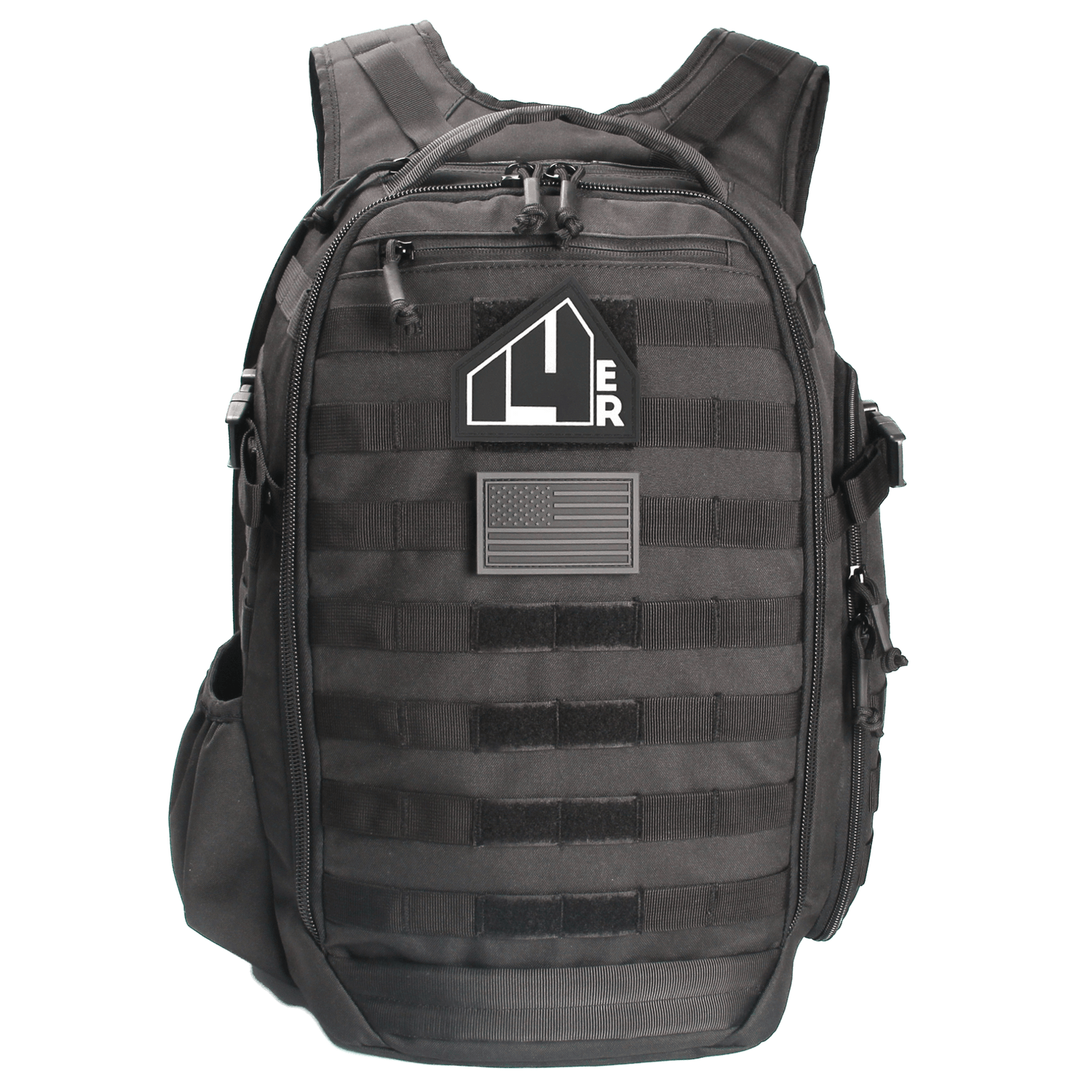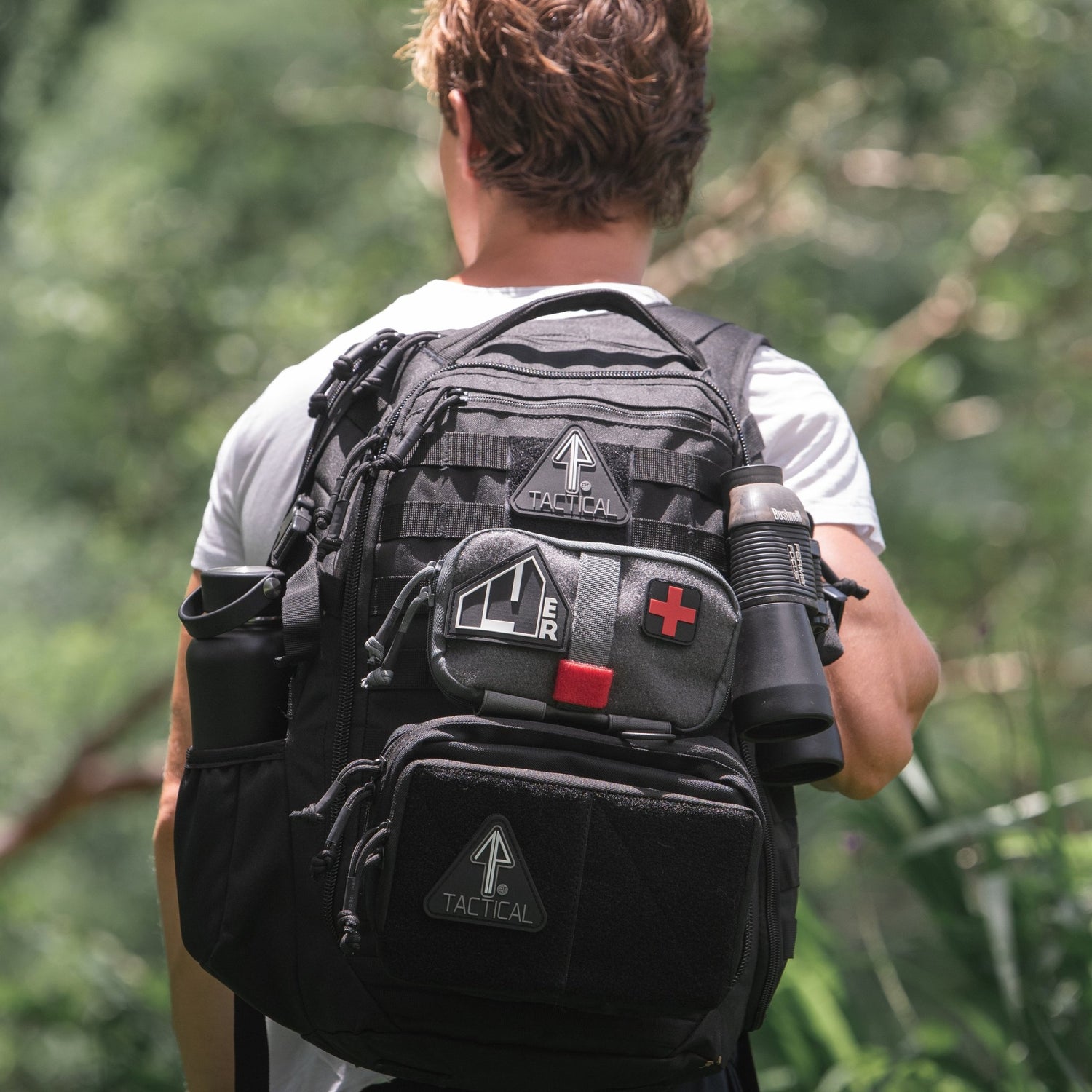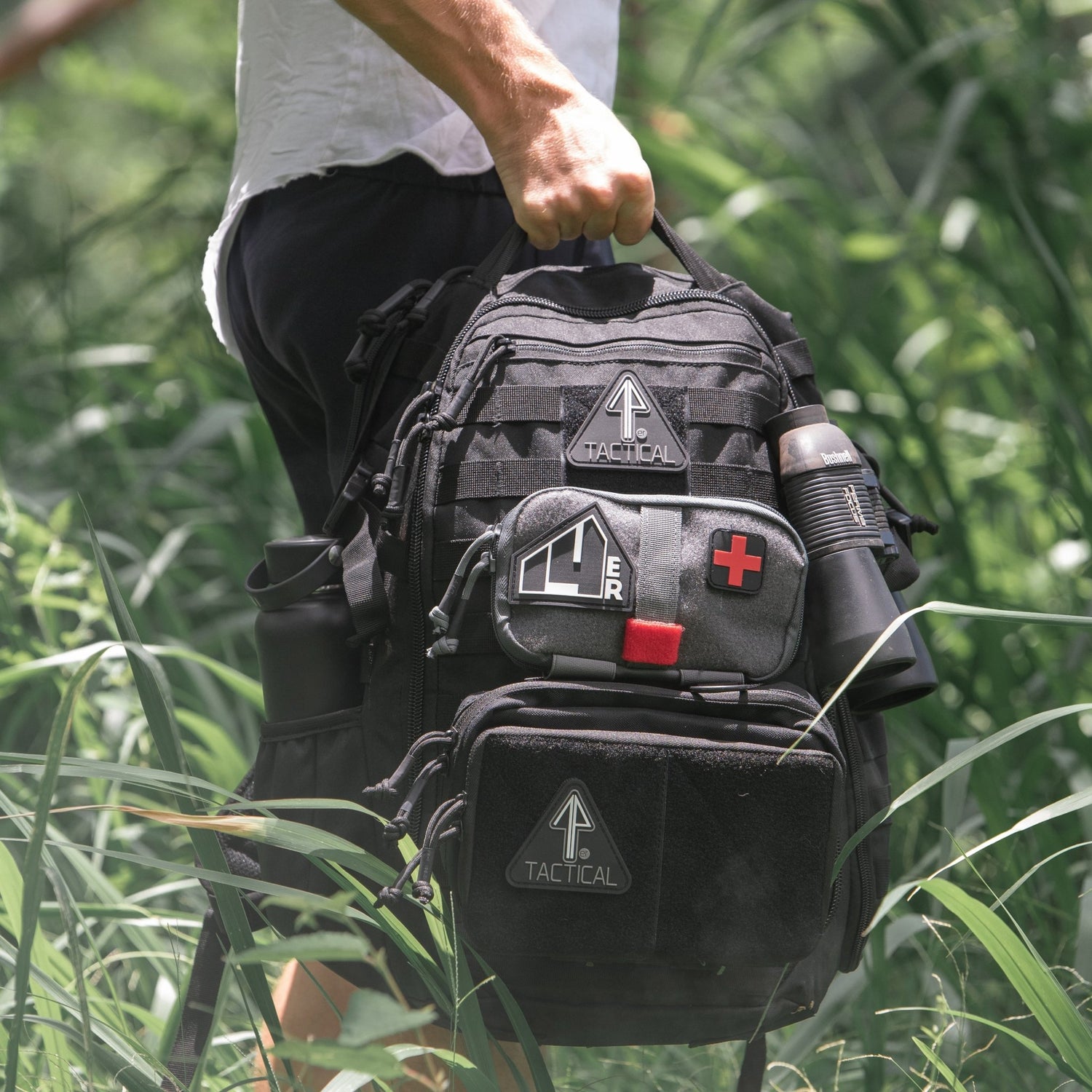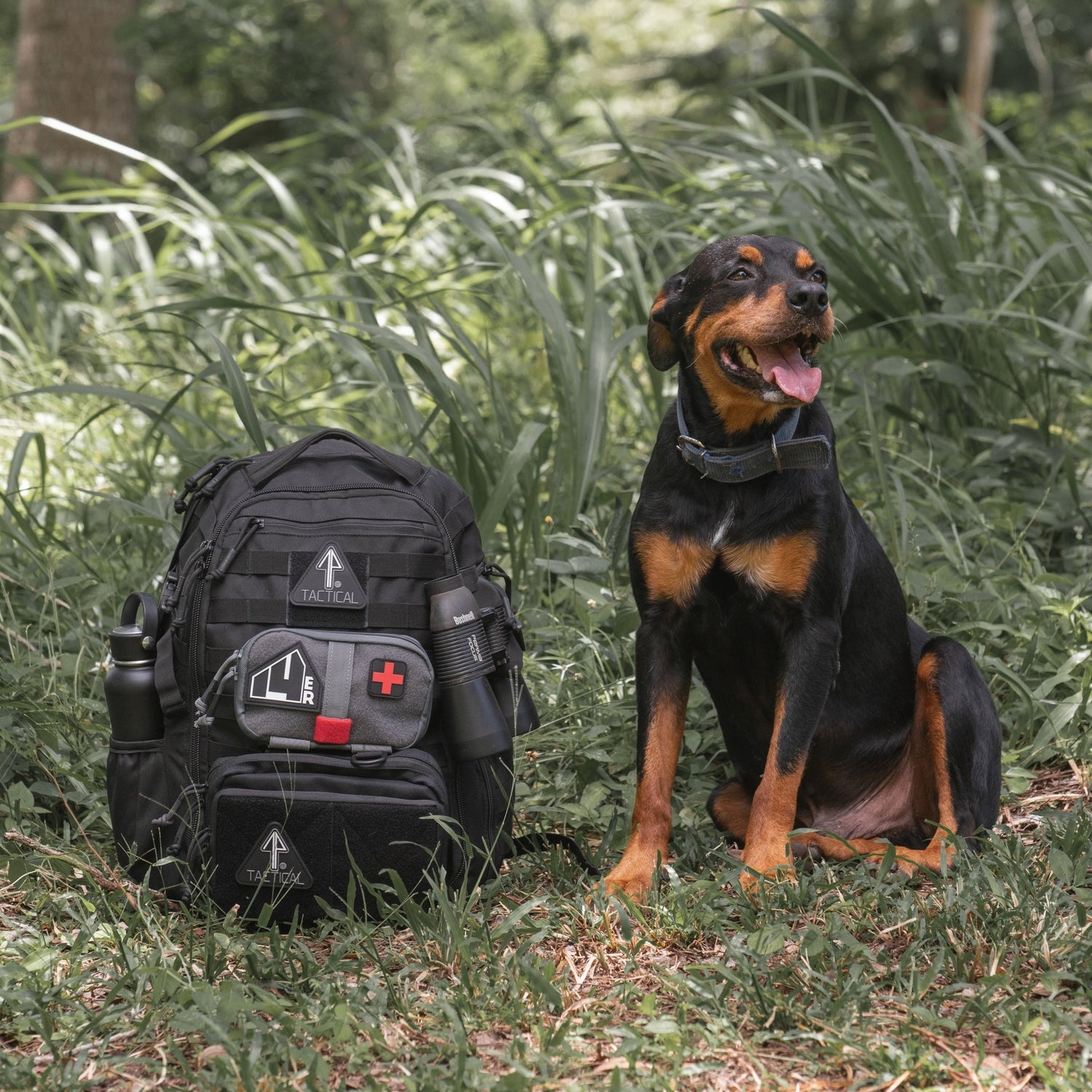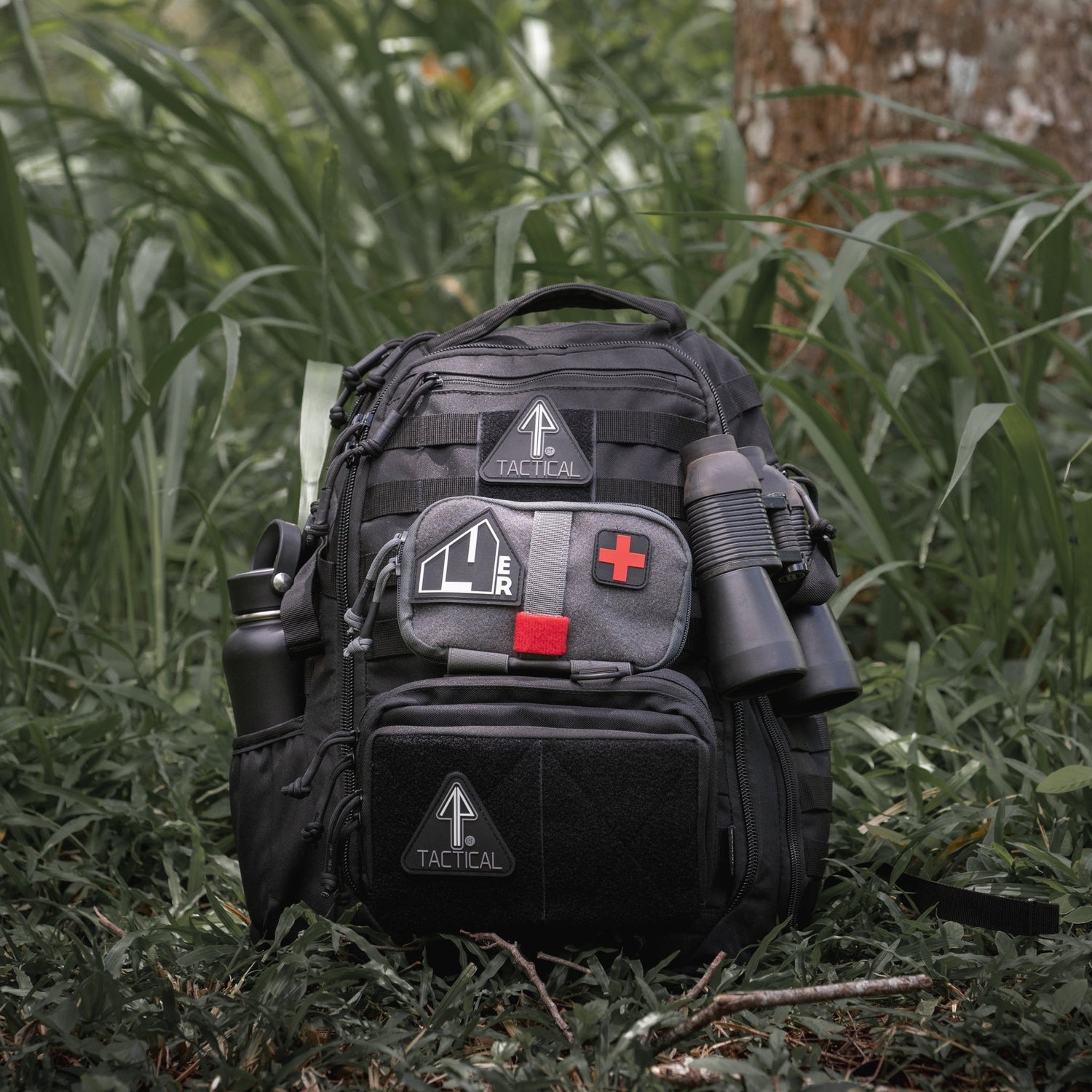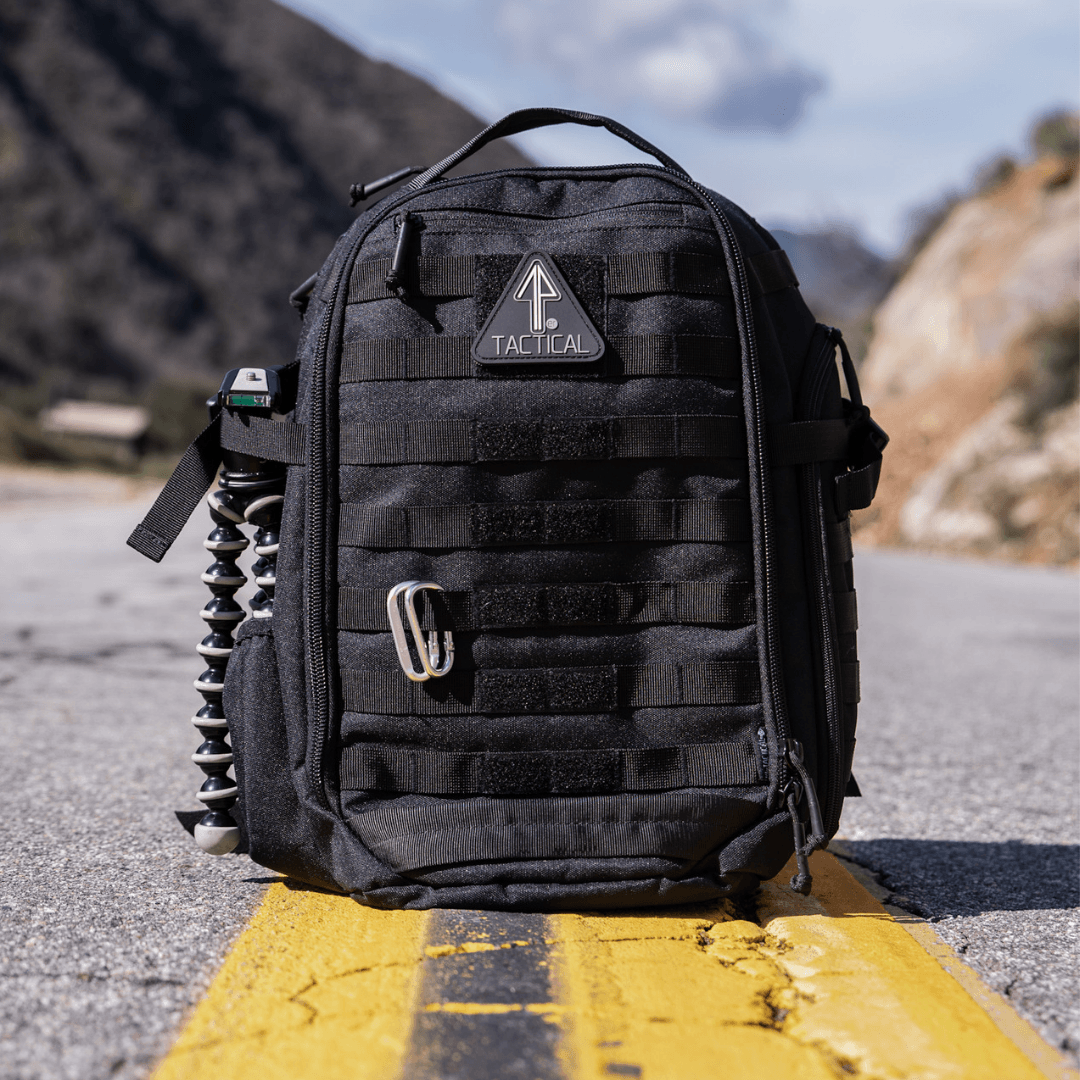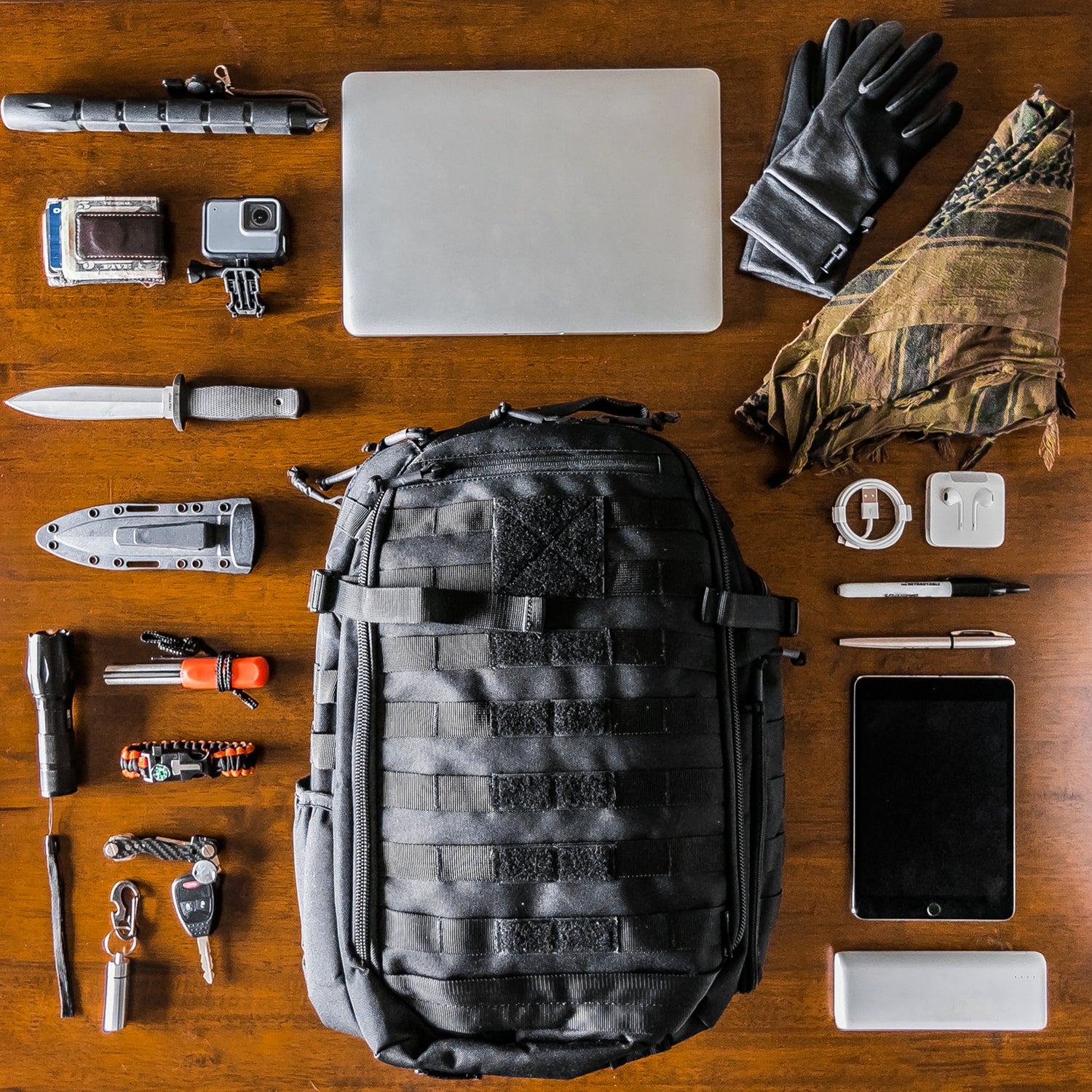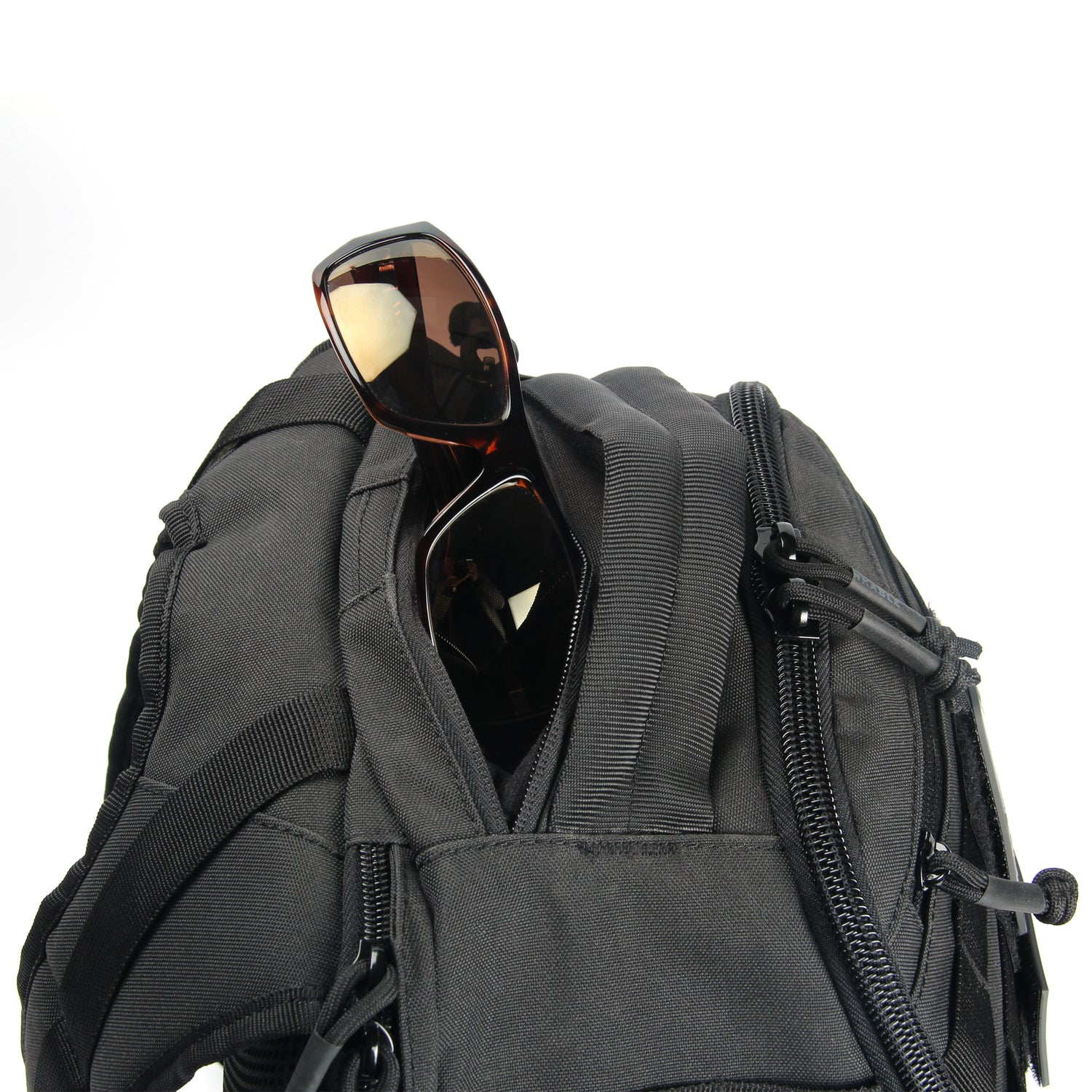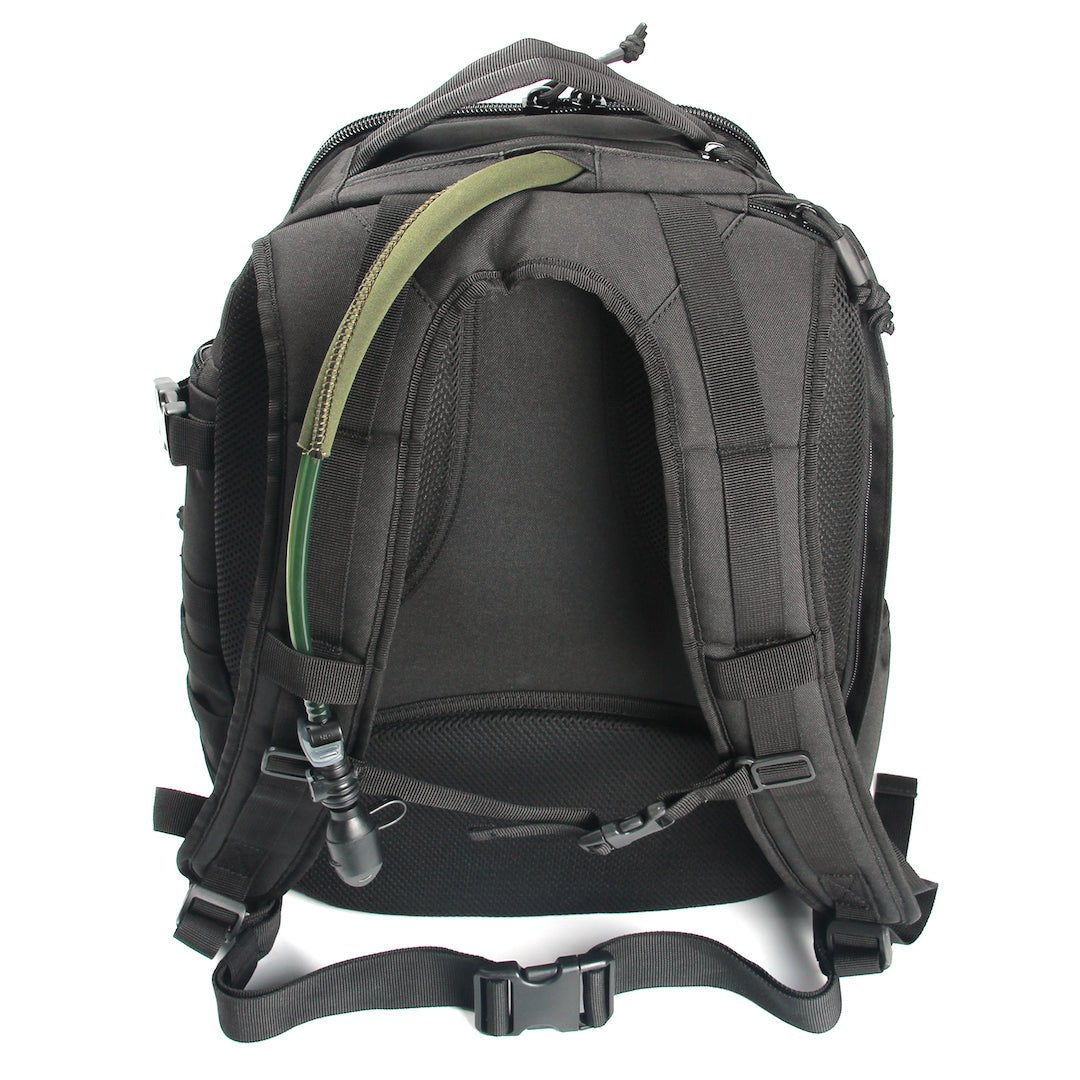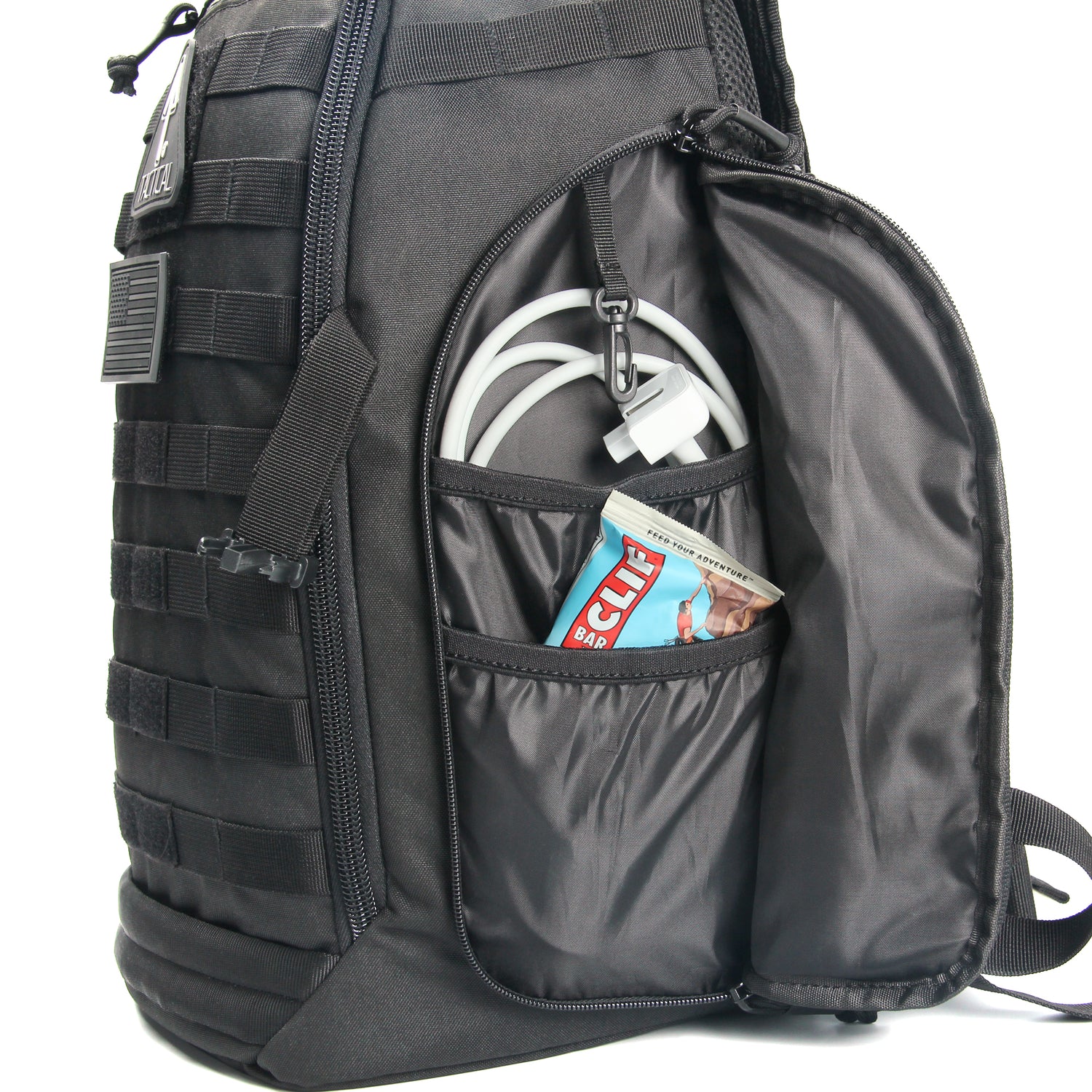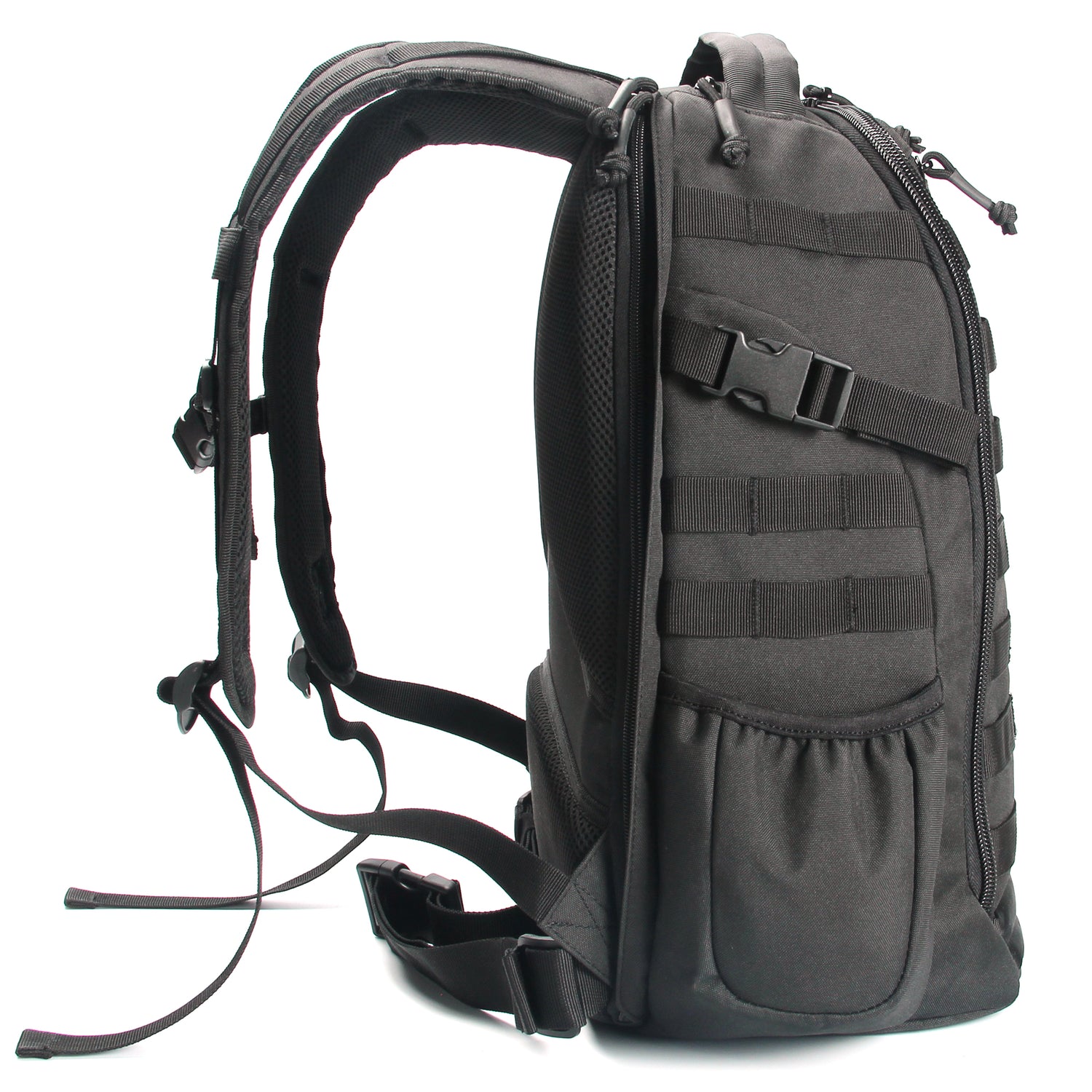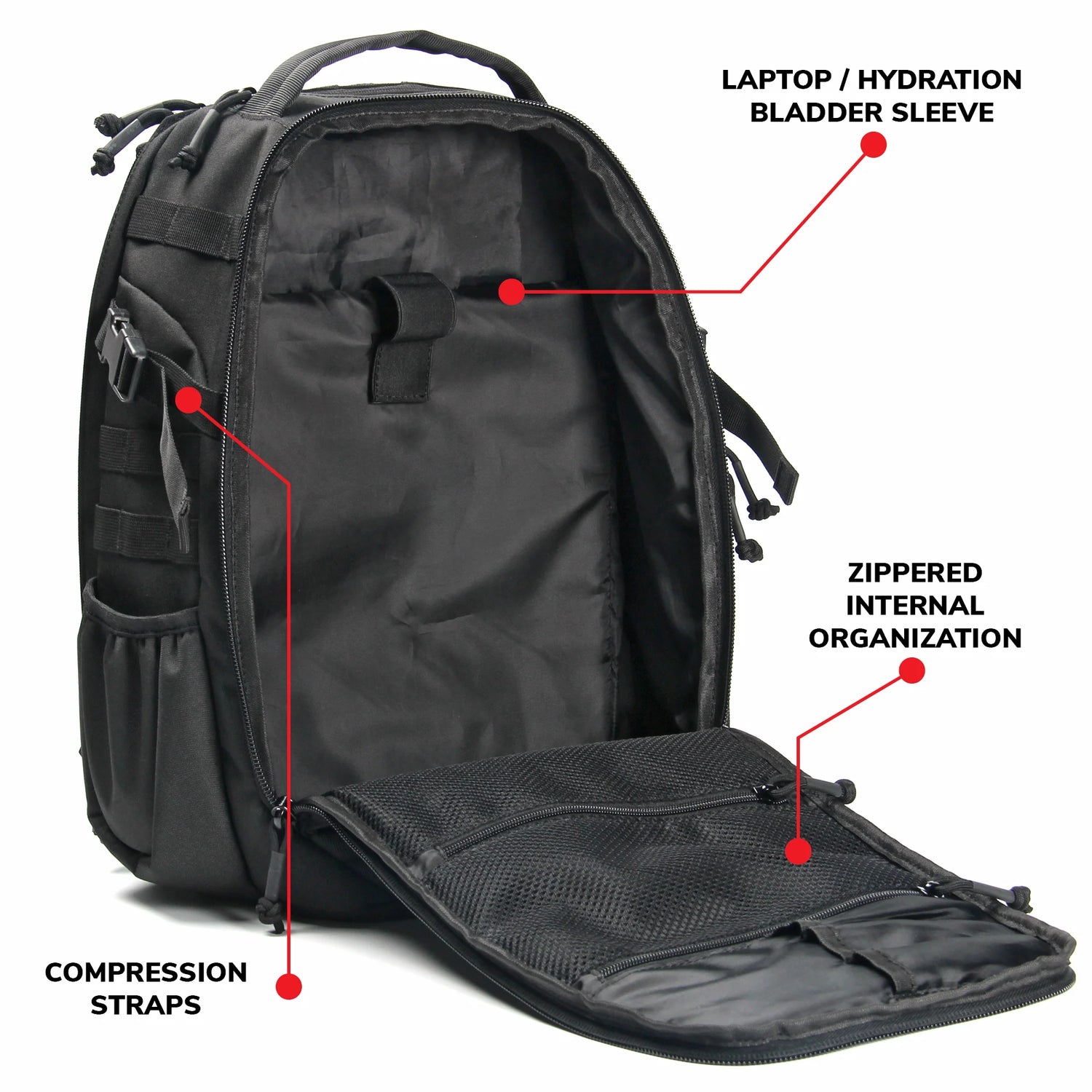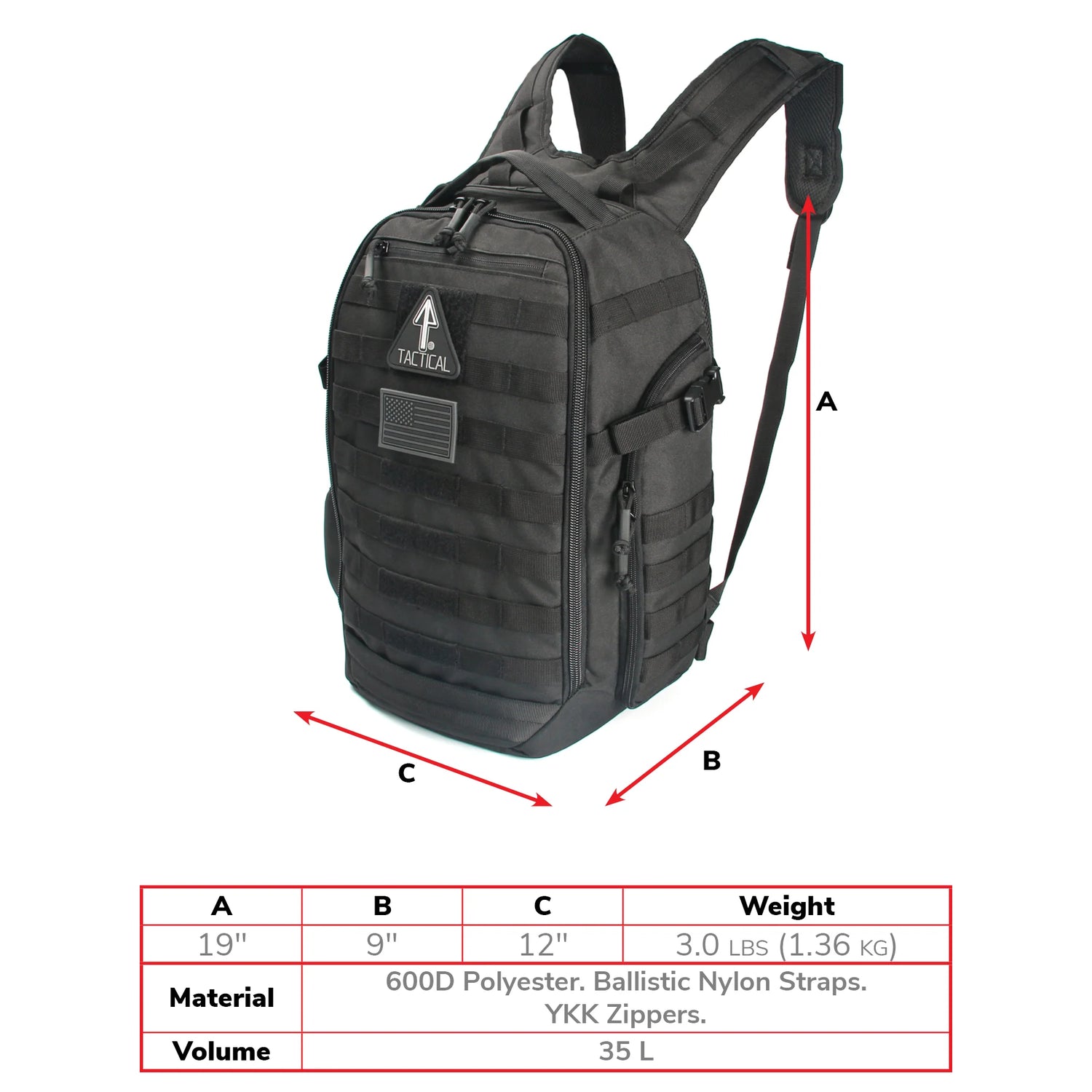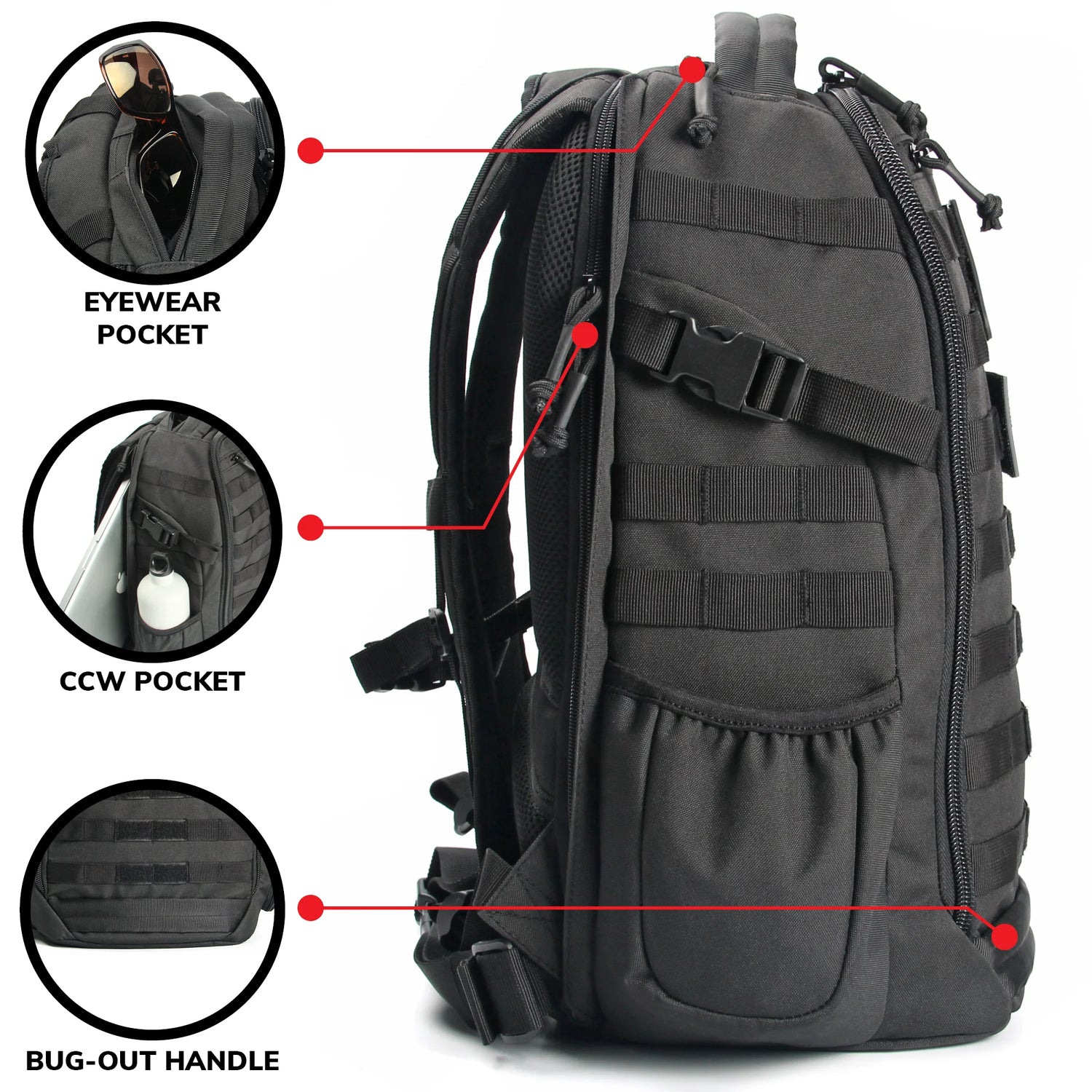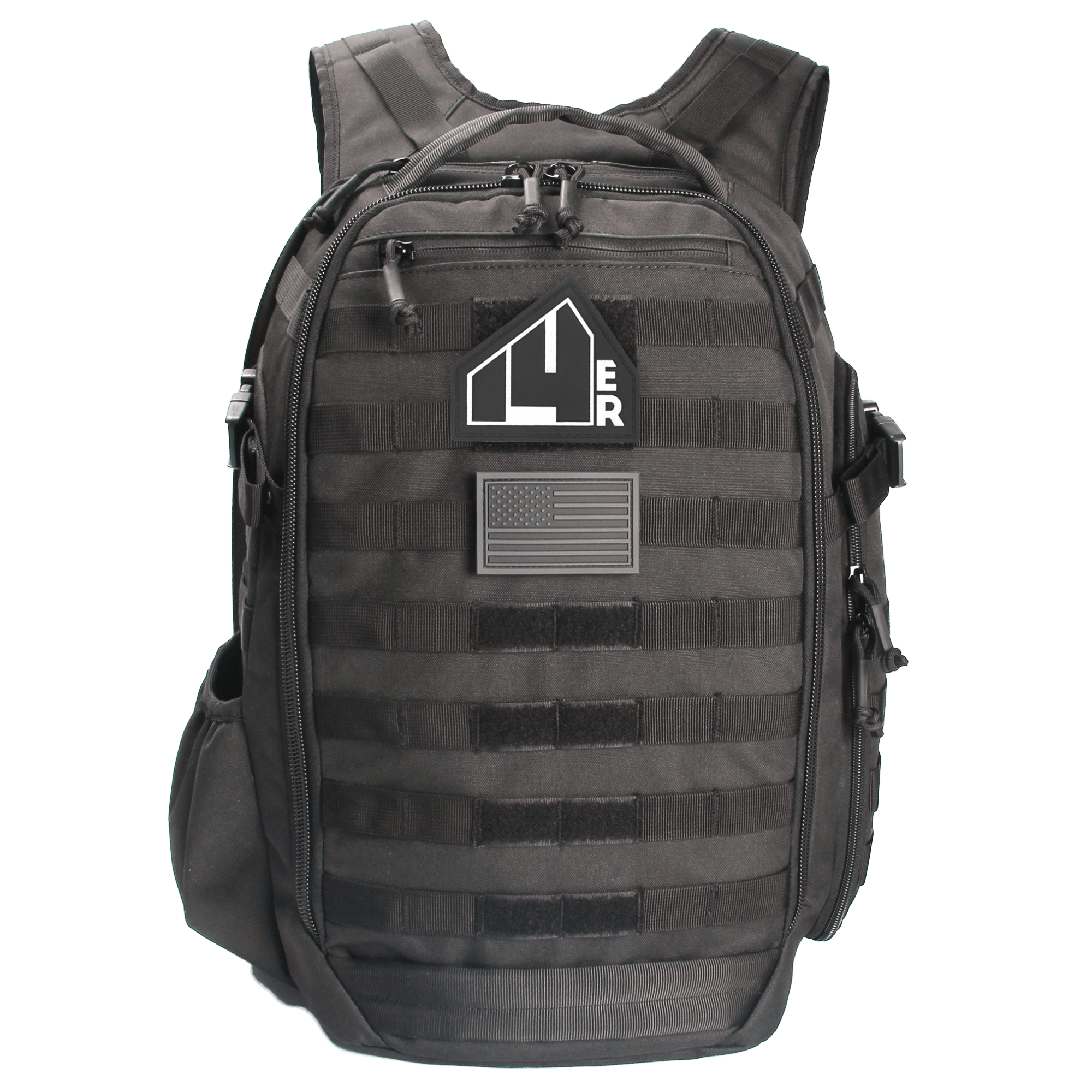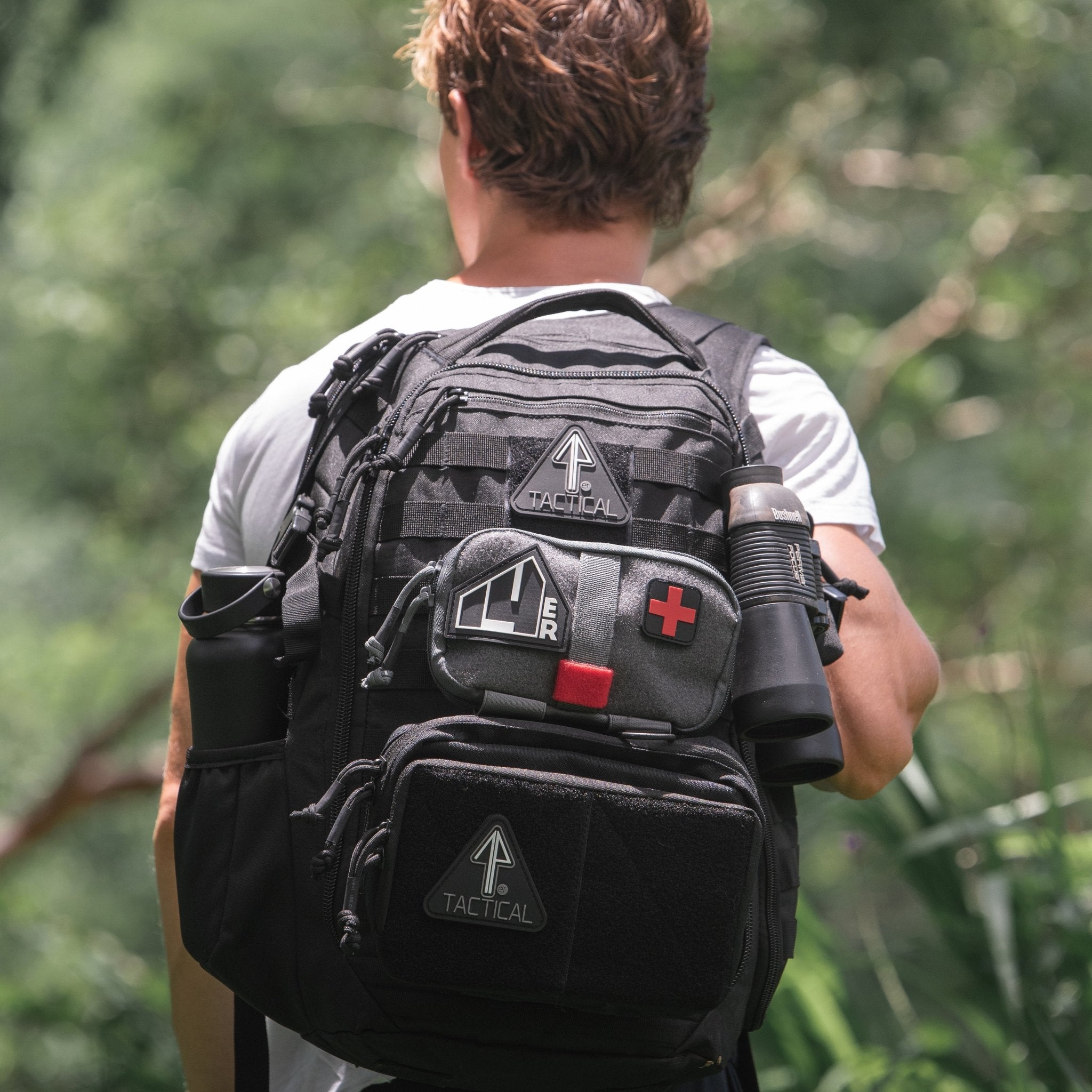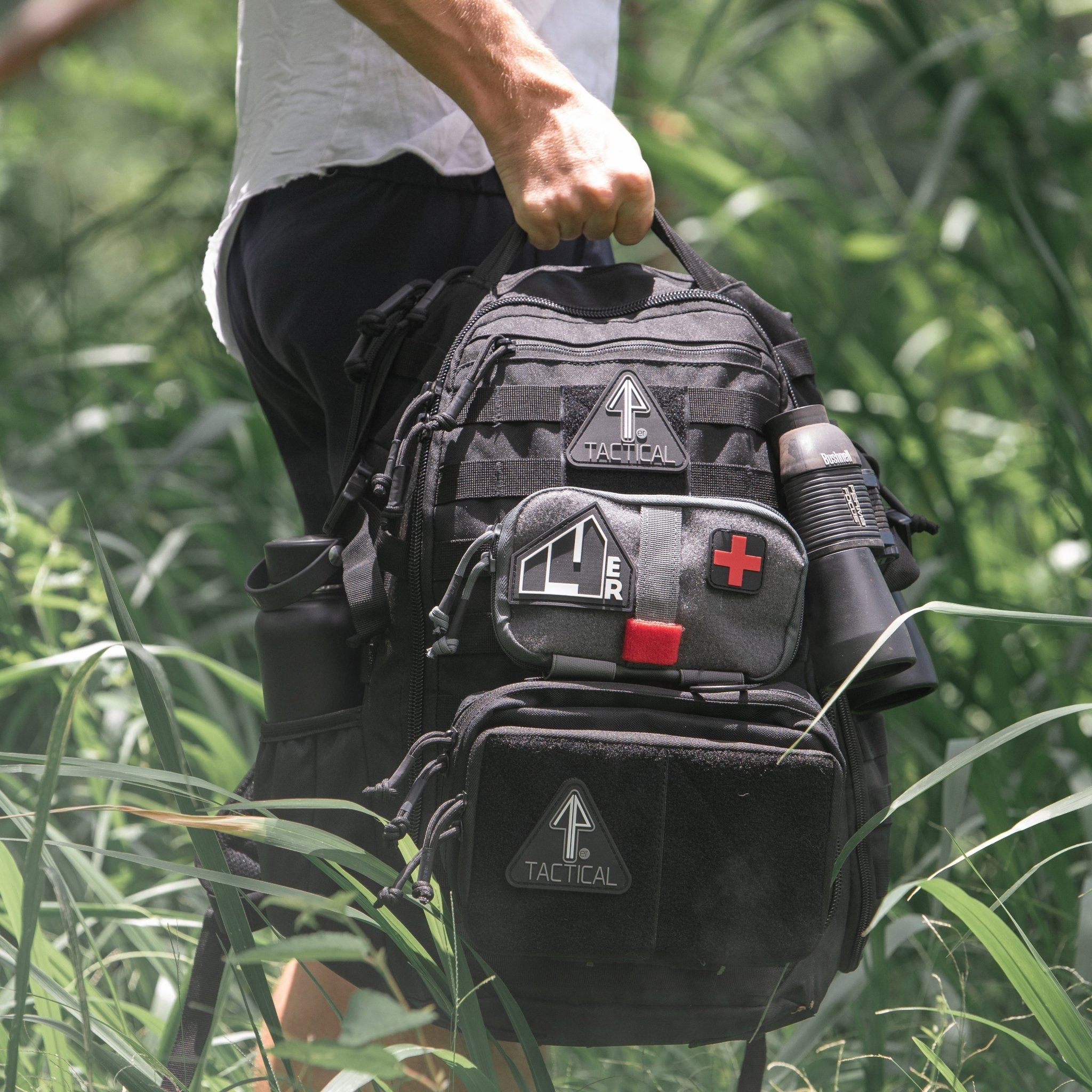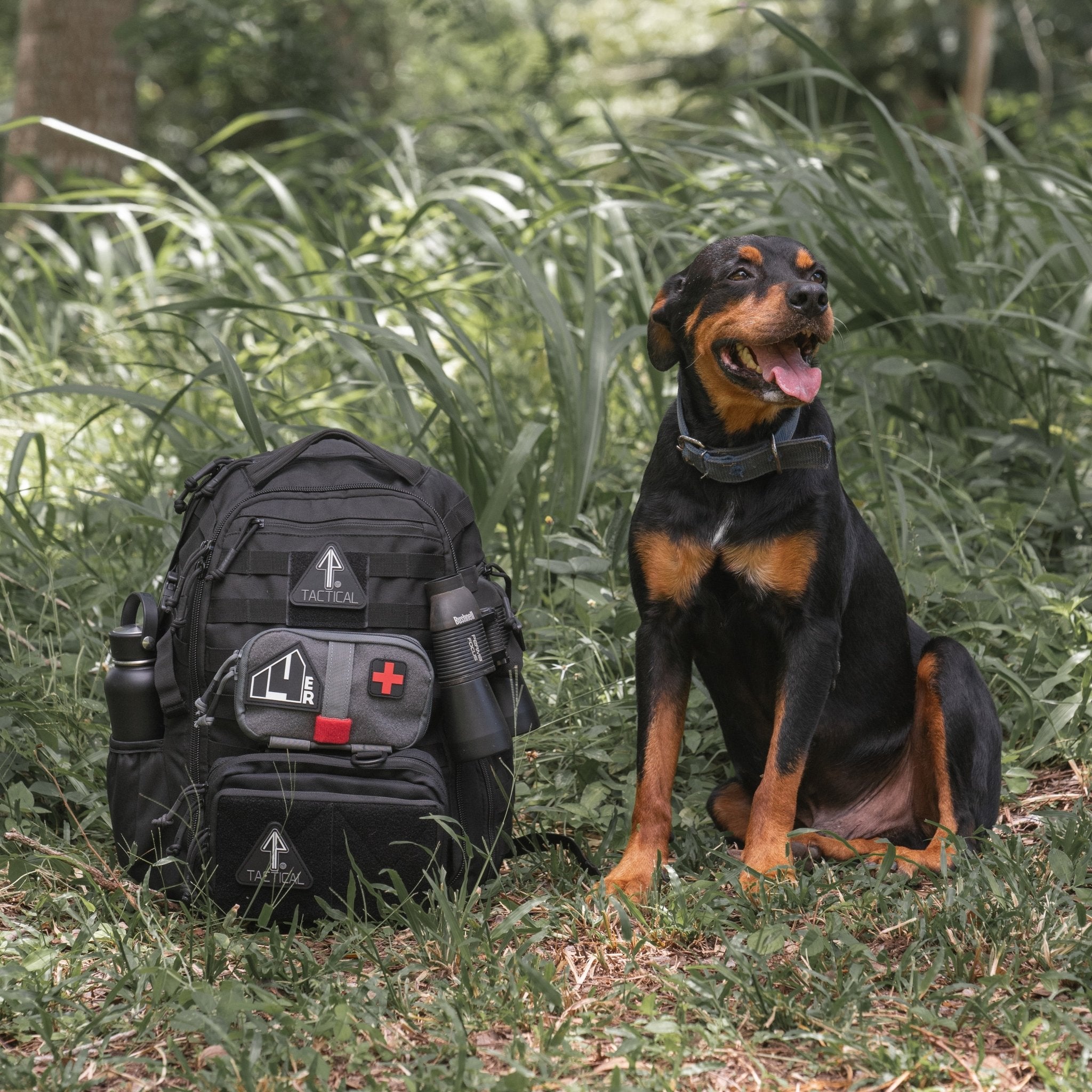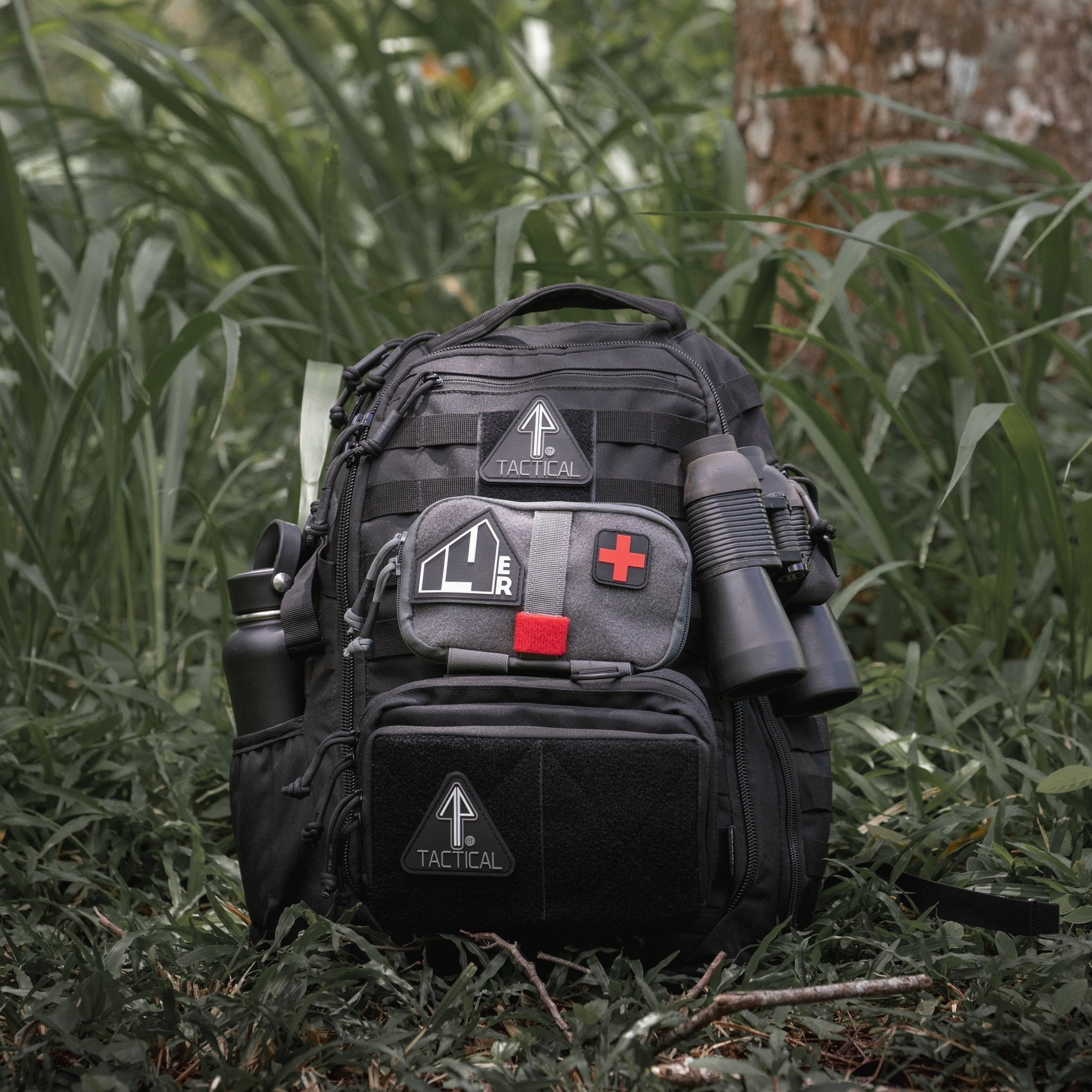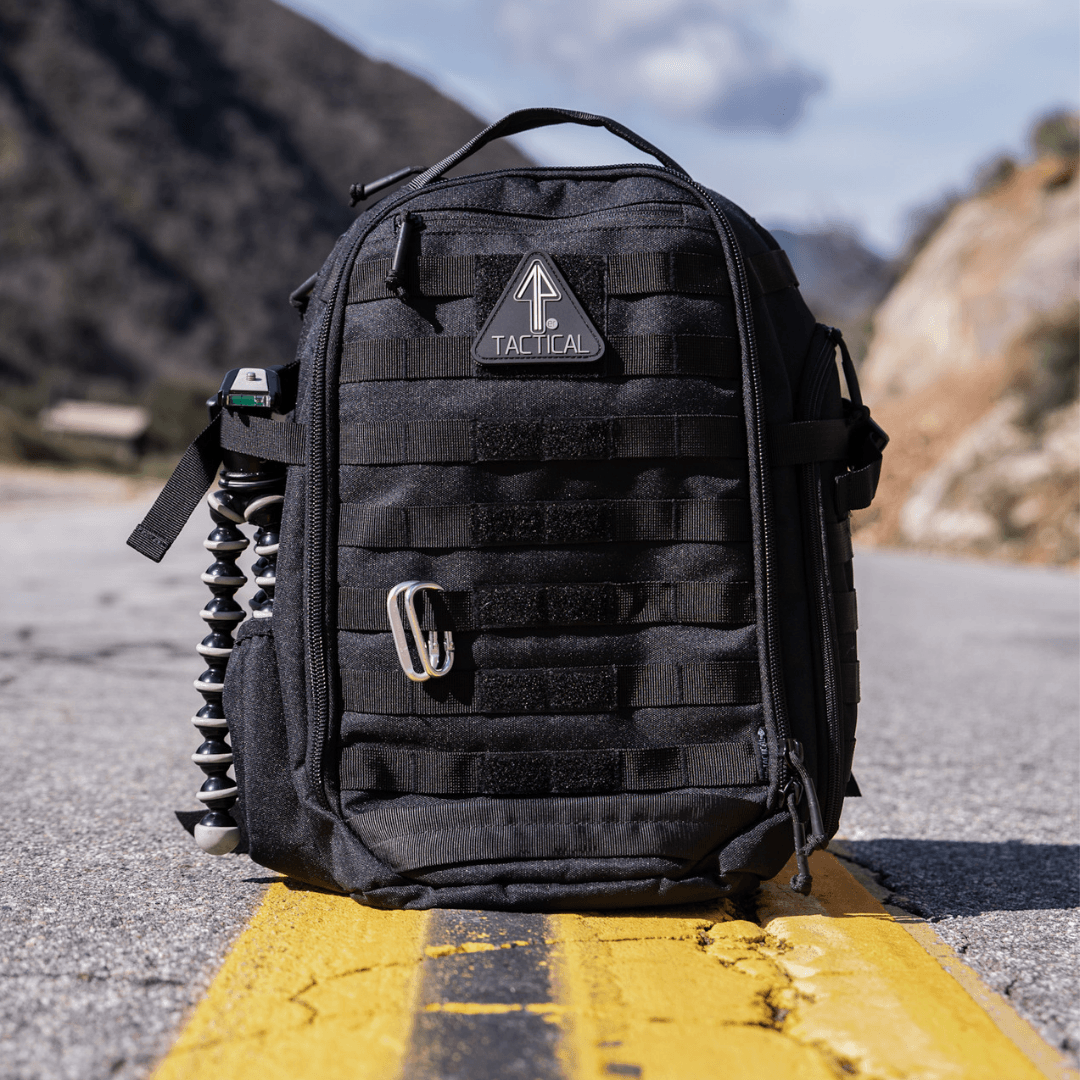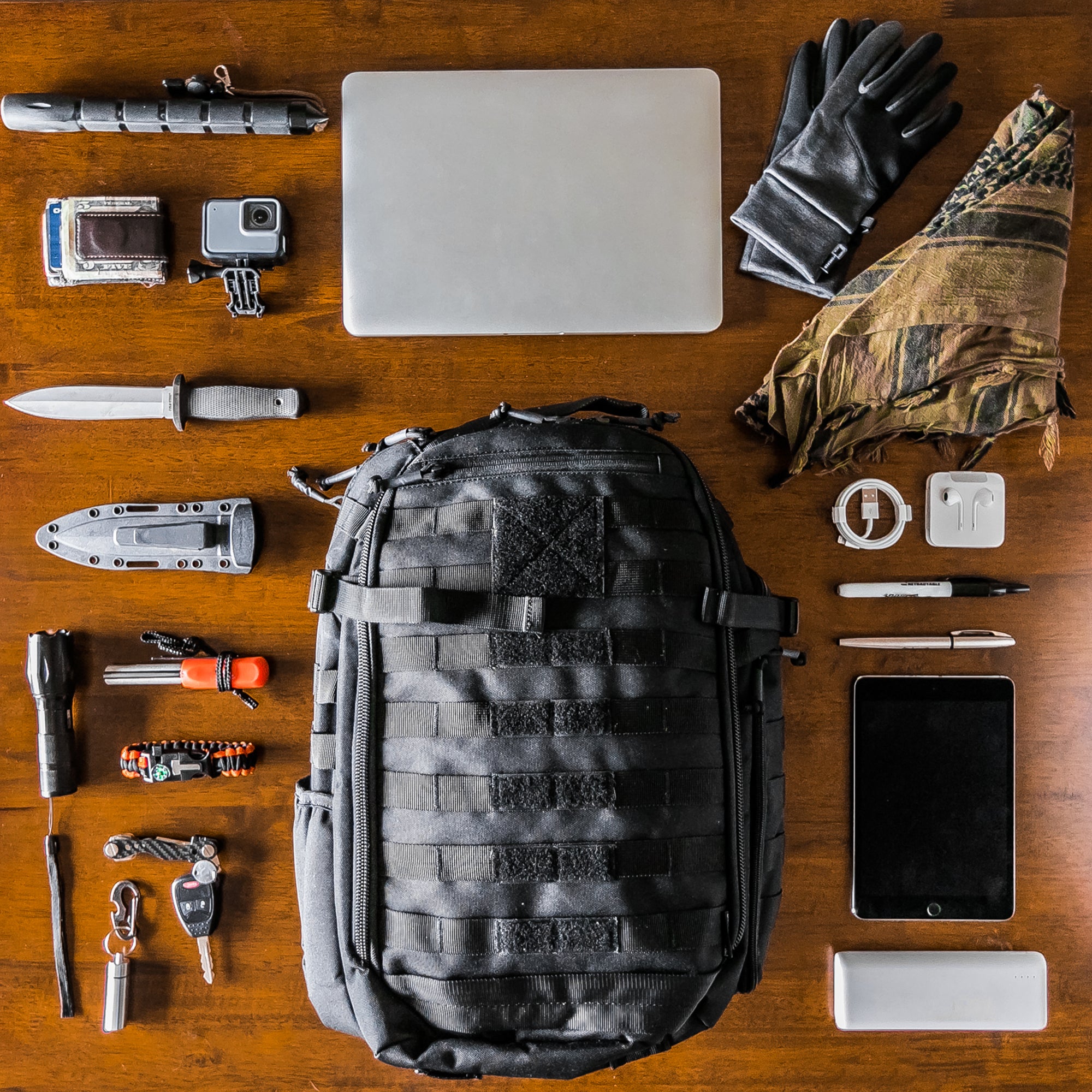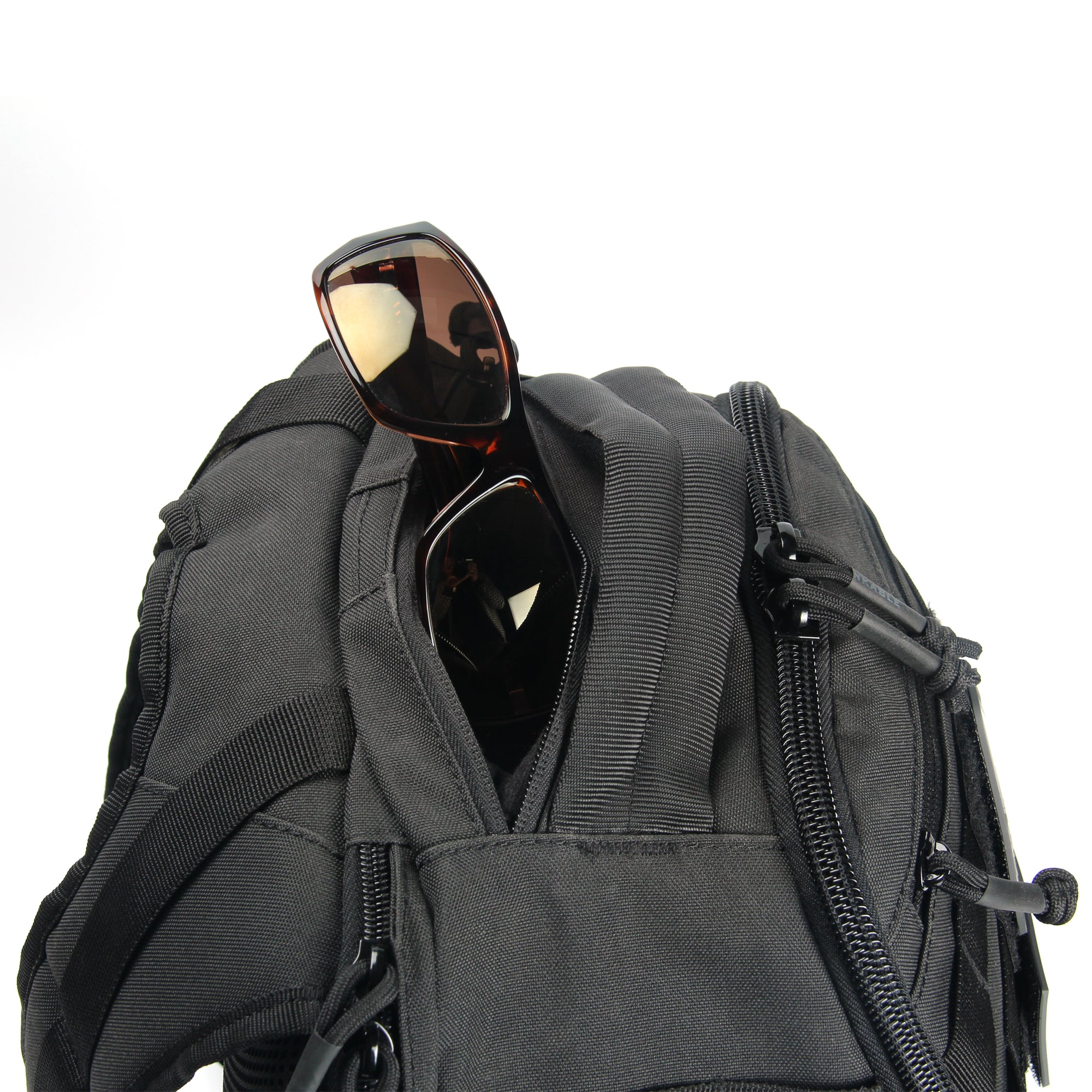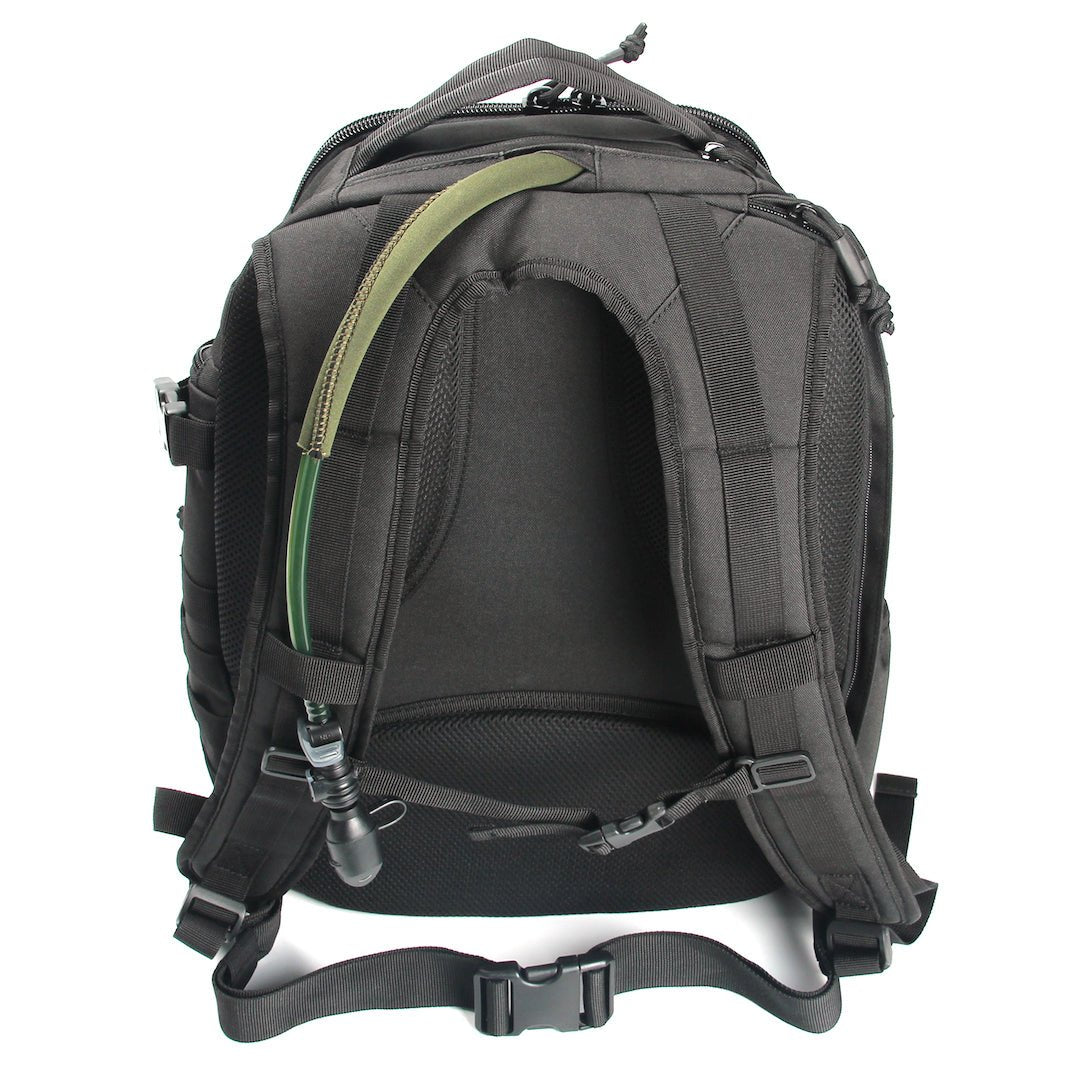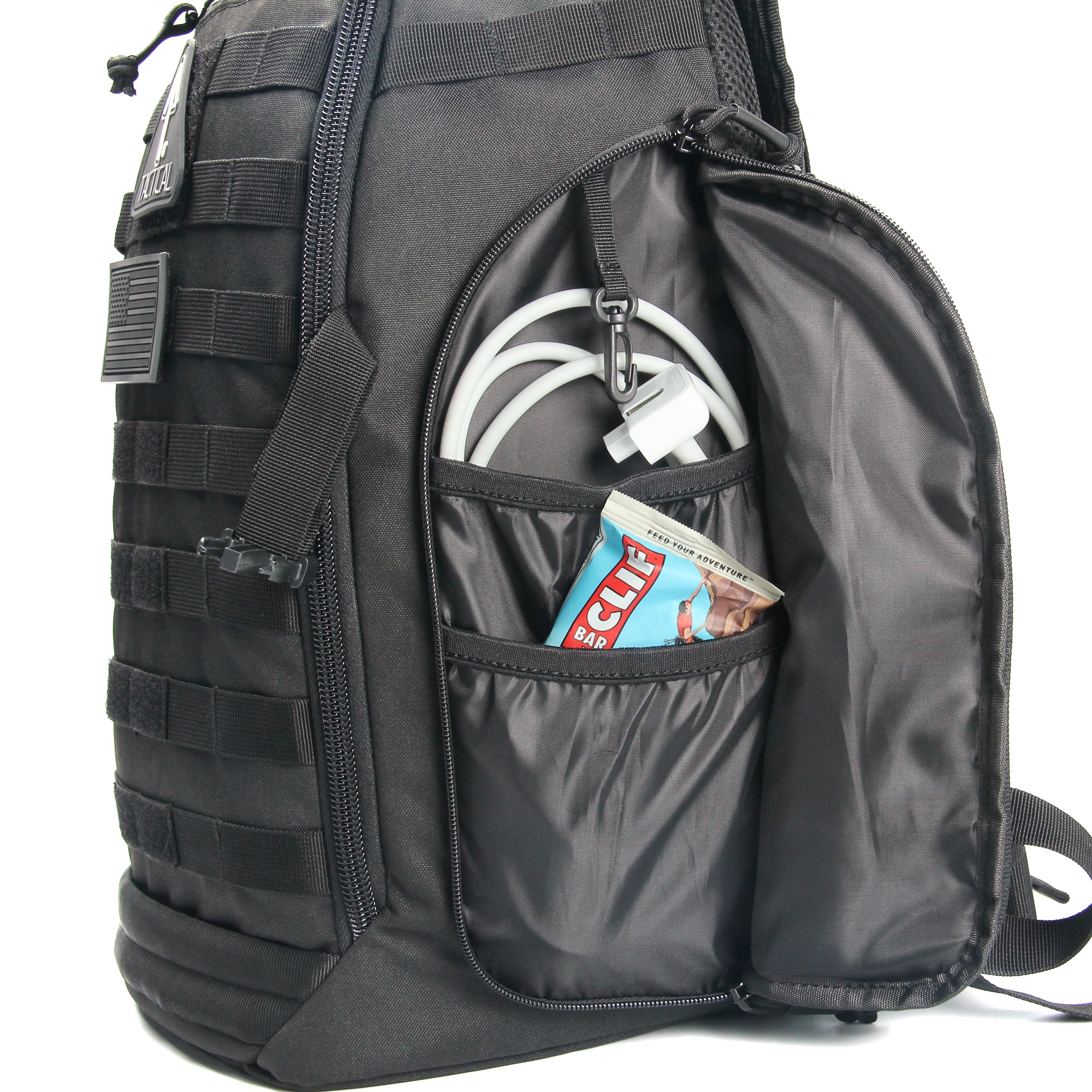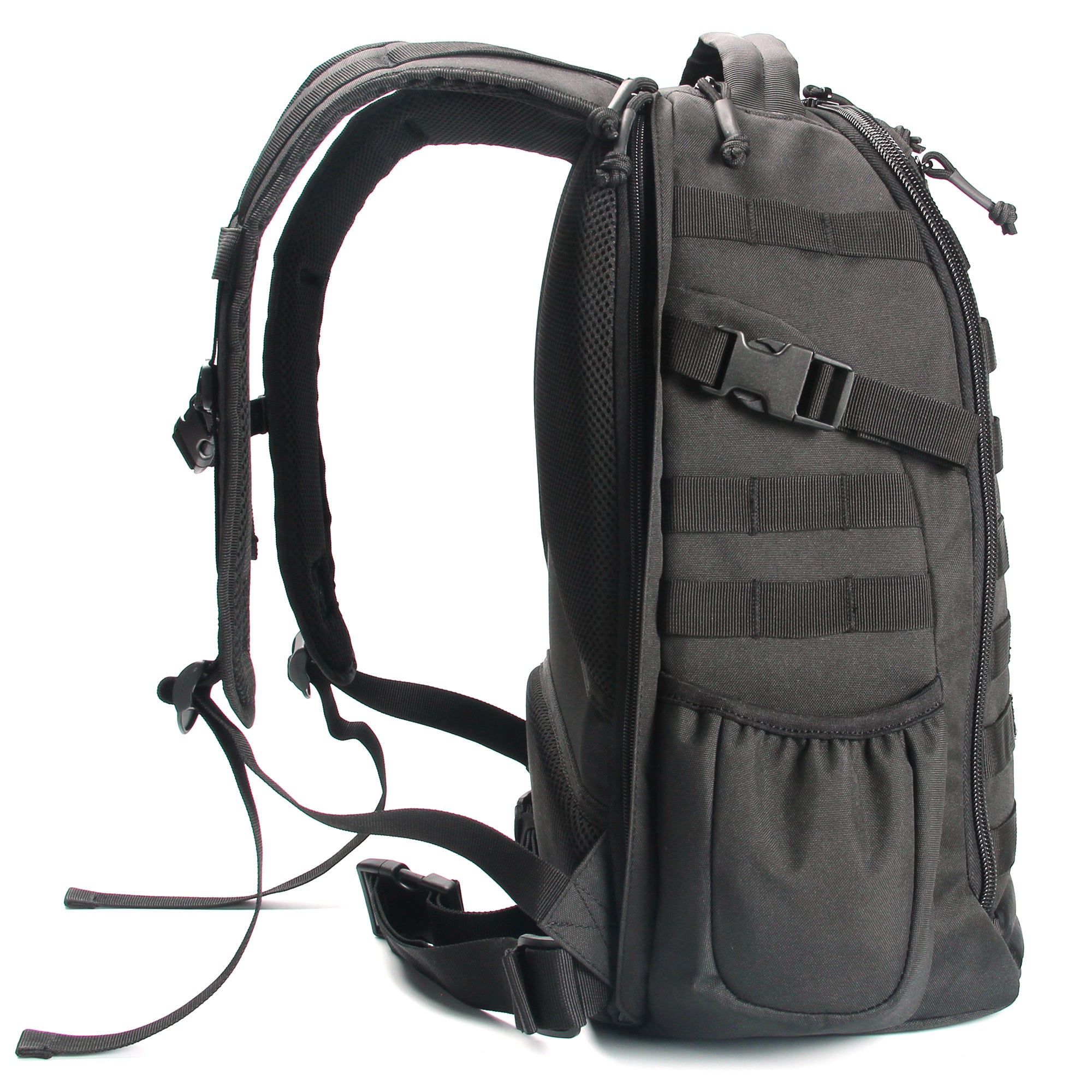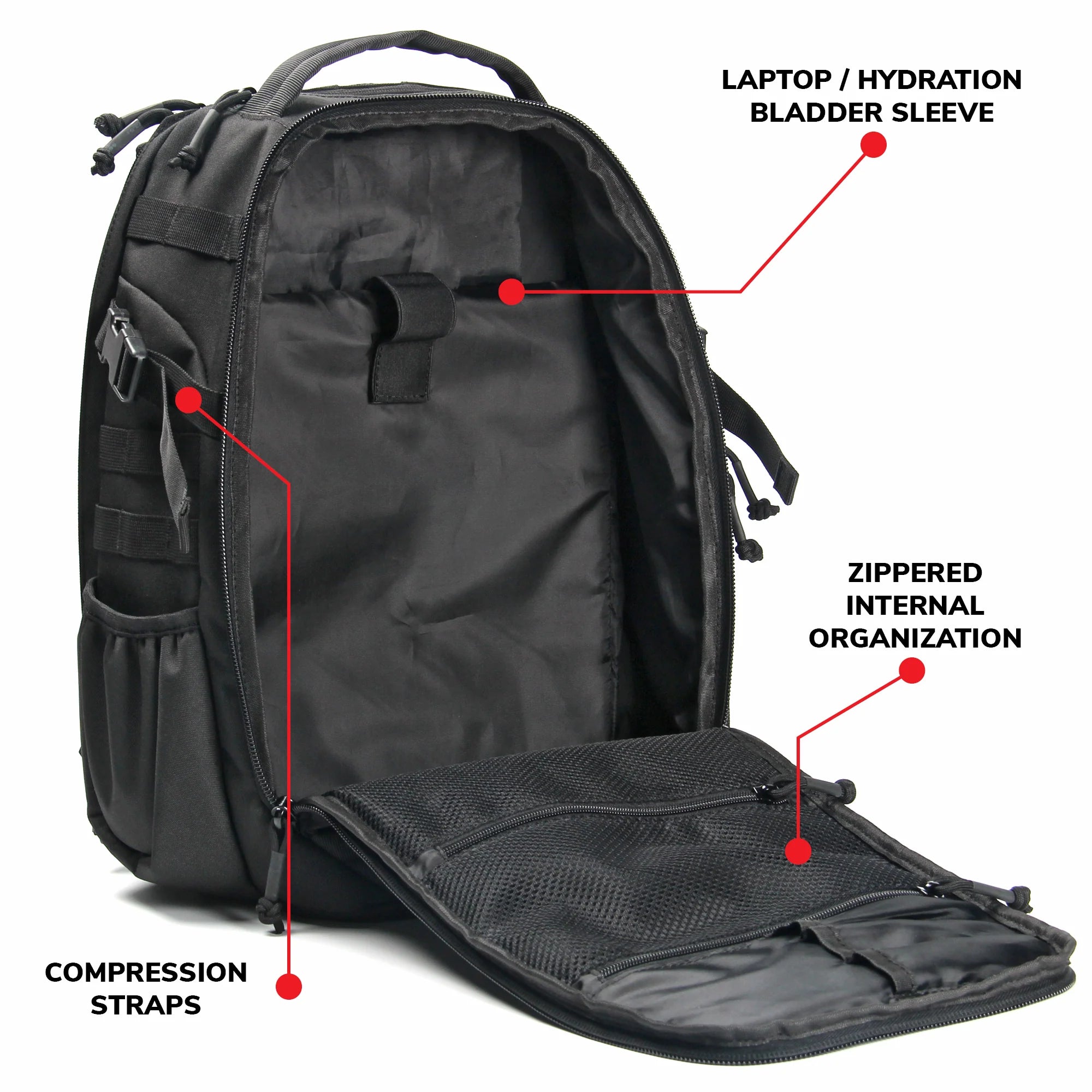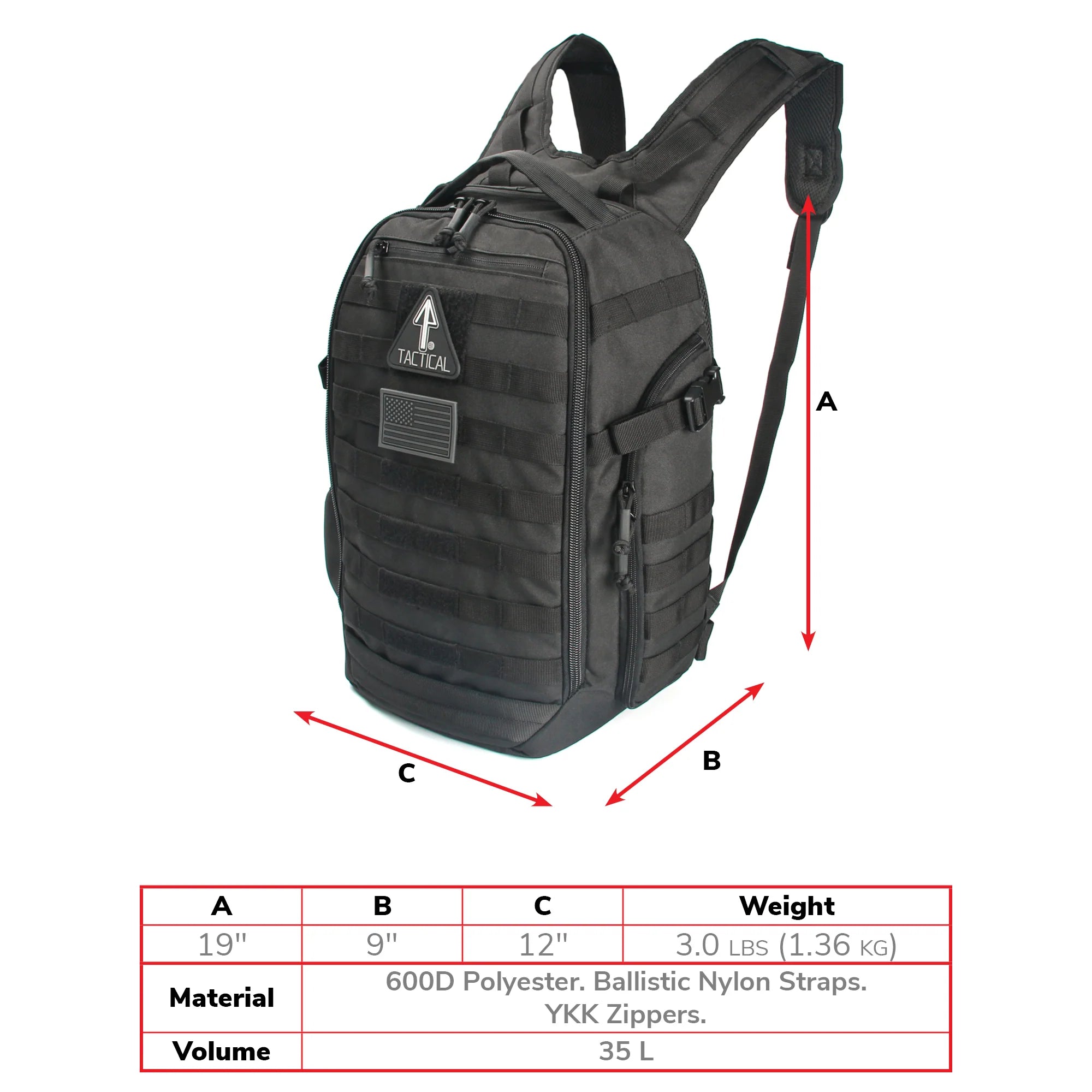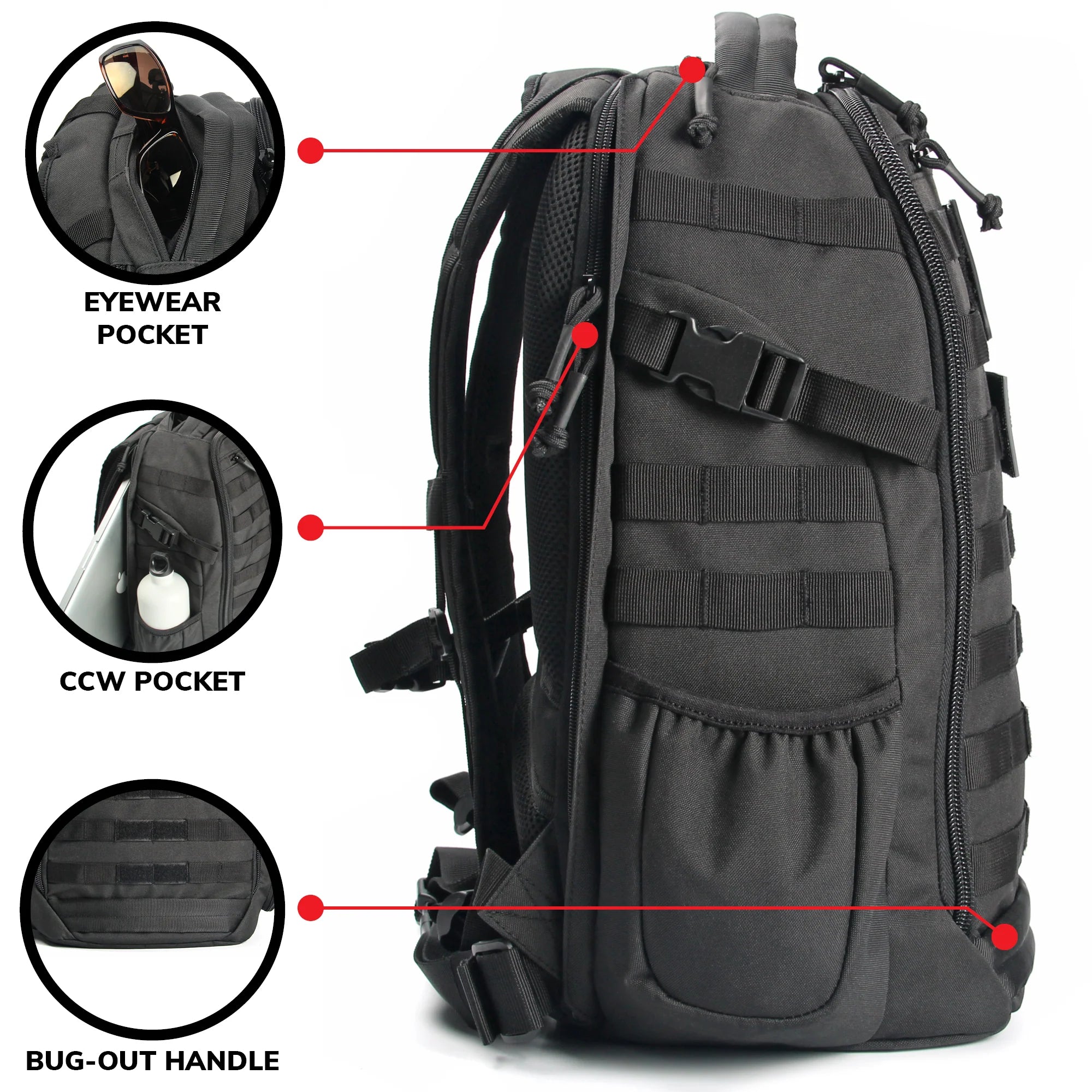Have you ever considered what you'd do in an emergency situation? I'm not just talking about a flat tire on a lonely road, but real, life-altering emergencies. Floods, hurricanes, earthquakes—you name it. If you're nodding your head thinking, "Yep, been there, pondered that," then you're in the right place. Today we're diving deep into creating a tactical disaster plan, and let me tell you, this is not your average checklist.

Why Tactical Gear Matters
So, why am I raving about tactical gear? Well, when disaster strikes, regular supplies may not cut it. Tactical gear is designed for extreme situations. We're talking rugged, versatile, and incredibly functional items that can give you a fighting chance in difficult circumstances.
Consider this—imagine you're stuck in a forest fire. Would you rather have a regular flashlight or a tactical flashlight that's waterproof, has multiple lighting modes, and possibly even a built-in SOS feature? The choice is pretty clear, isn't it?

Real-World Examples:
- Hurricane Katrina: Many people lacked essential items for survival. Tactical gear like durable backpacks and water purification tools could've made a significant difference.
- 2020 Australian Bushfires: Emergency crews and civilians alike benefited from tactical gear such as high-grade face masks and fire-resistant clothing.
Assessing Risks and Scenarios
Before diving into the deep end, let's wade into the shallows—risk assessment. Knowing the risks you face in your particular location or lifestyle can drastically influence your planning. For instance, if you're living on the Florida coast, hurricanes are a more pressing concern than, say, avalanches.
Make a list of possible disasters and emergencies you're most likely to encounter. Now add another layer of complexity—your family. Got kids? Pets? Elderly relatives? Their needs could add different risks and necessities to your tactical disaster plan.

Essential Tactical Gear for Disaster Preparedness
Now, for the meaty part. Let's talk gear!
- Tactical Backpacks: Trust me, these aren't your average school backpacks. They have multiple compartments for organization, they're made of durable materials, and they often come with hydration reservoir sleeves. just like the 14er Tactical backpack which built with high quality materials, has MOLLE compatible PALS straps, and versatile zippered internal organization to securely store all of your gear.
- Medical Supplies: A tactical first aid kit is more than just bandages and shears—it's about smart storage. Consider the 14er IFAK Pouch. Designed for quick access and secure mounting, it's the go-to for emergency medical supplies. From its tear-away design for fast deployment to features like elastic tourniquet straps, this pouch keeps your life-saving gear both secure and accessible.
- Communication Gear: Ever heard of tactical radios? They’re incredibly robust, offer excellent range, and come with encryption features for secure communication.
- Other Essentials: Tactical flashlights, multi-tools, knives—the list goes on. Each of these items is like an upgrade to their "civilian" counterpart.

Building Your Tactical Go-Bag
You've got the gear; now you need to know how to pack it effectively. A tactical go-bag is your lifeline during any emergency. So what goes in it?
- Water and purification tools: Hydration bladders, water purification tablets or a portable water filter.
- Non-perishable food: Think high-energy bars, canned goods, and freeze-dried meals.
- Clothing: Moisture-wicking, durable, and preferably with lots of pockets. Yes, pockets are life.
- Personal Items: Medication, personal identification, and essential documents should also be packed securely.

Creating the Plan
So you've got the gear and the go-bag. Now what? You create the plan!
- Map It Out: Literally. Get maps of your local area, mark escape routes, and safe zones.
- Communication is Key: Establish a family communication plan. Where will you meet? How will you contact each other?
- Run Drills: That's right. Practice, practice, and more practice. Run through different scenarios to ensure everyone knows their role in an emergency.
Training and Skill Development
You can have all the gear in the world, but if you don't know how to use it, it's essentially useless. Consider taking tactical training courses, first aid training, or even self-defense classes. The more skills you have, the more valuable your tactical disaster plan becomes.
Keeping Your Plan Updated
Set a reminder to review your tactical disaster plan regularly. Keep an eye on new tactical gear innovations and continually educate yourself and your family on best practices for emergency preparedness.
There you have it, a guide to help you navigate the sometimes overwhelming world of tactical disaster planning. You don't have to go it alone, and you don't have to figure it all out in one go. Take it step-by-step, involve your family, and stay committed. Trust me, future you will be grateful. So go on, start planning today and give yourself the peace of mind you deserve.


